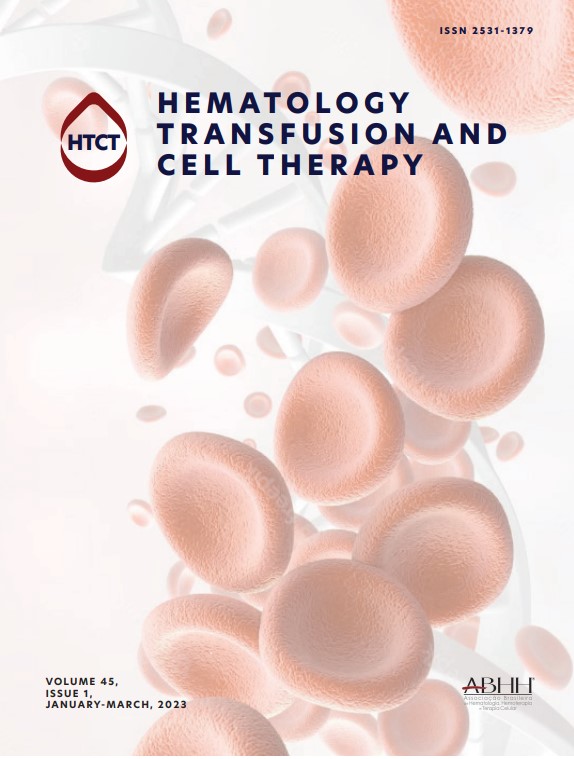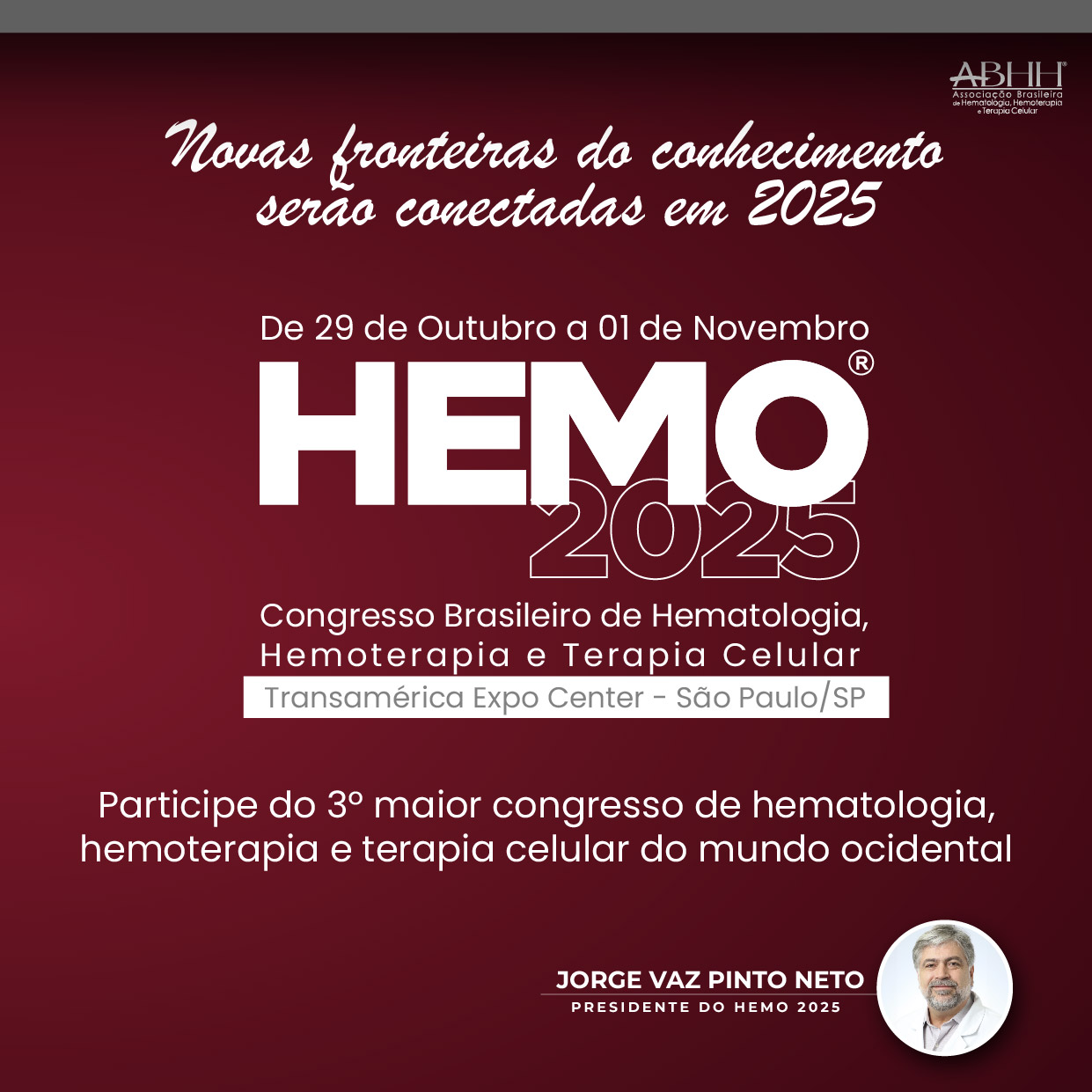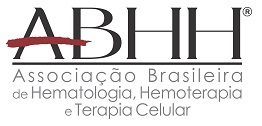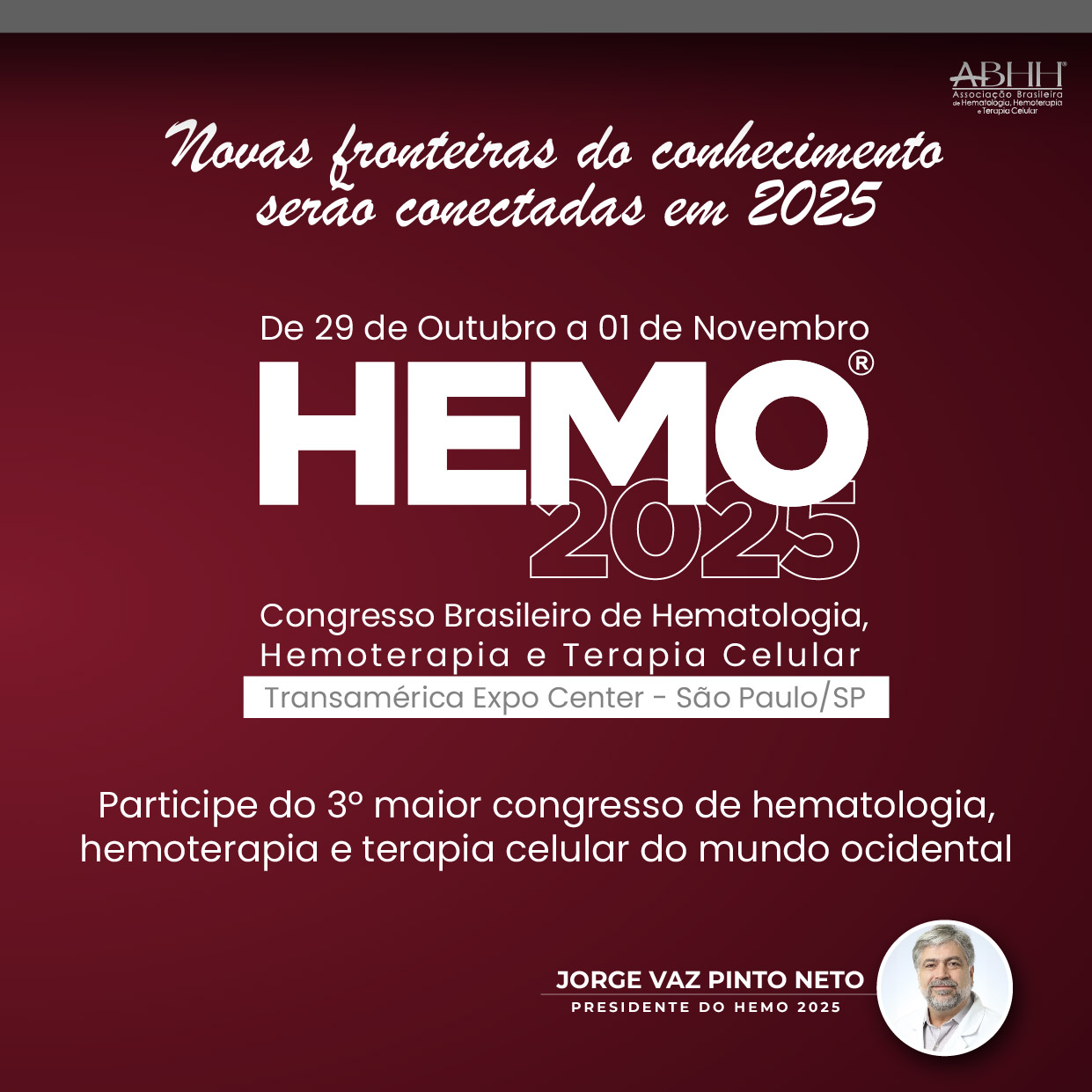Corresponding author at: Av. Tenente Catão Roxo, 2501 – Monte Alegre, Hemocentro de Ribeirão Preto – FMRP/USP, 14051-140 Ribeirão Preto, SP, Brazil.
que se leu este artigo
| Ano/Mês | Html | Total | |
|---|---|---|---|
| 2025 12 | 85 | 37 | 122 |
| 2025 11 | 164 | 57 | 221 |
| 2025 10 | 84 | 30 | 114 |
| 2025 9 | 65 | 21 | 86 |
| 2025 8 | 71 | 22 | 93 |
| 2025 7 | 67 | 20 | 87 |
| 2025 6 | 45 | 12 | 57 |
| 2025 5 | 73 | 19 | 92 |
| 2025 4 | 30 | 14 | 44 |
| 2025 3 | 52 | 10 | 62 |
| 2025 2 | 54 | 20 | 74 |
| 2025 1 | 35 | 20 | 55 |
| 2024 12 | 36 | 12 | 48 |
| 2024 11 | 47 | 18 | 65 |
| 2024 10 | 40 | 22 | 62 |
| 2024 9 | 45 | 26 | 71 |
| 2024 8 | 66 | 22 | 88 |
| 2024 7 | 39 | 14 | 53 |
| 2024 6 | 45 | 22 | 67 |
| 2024 5 | 63 | 42 | 105 |
| 2024 4 | 37 | 13 | 50 |
| 2024 3 | 38 | 19 | 57 |
| 2024 2 | 31 | 26 | 57 |
| 2024 1 | 30 | 18 | 48 |
| 2023 12 | 34 | 21 | 55 |
| 2023 11 | 37 | 24 | 61 |
| 2023 10 | 38 | 30 | 68 |
| 2023 9 | 33 | 24 | 57 |
| 2023 8 | 23 | 11 | 34 |
| 2023 7 | 51 | 18 | 69 |
| 2023 6 | 30 | 7 | 37 |
| 2023 5 | 41 | 15 | 56 |
| 2023 4 | 17 | 2 | 19 |






